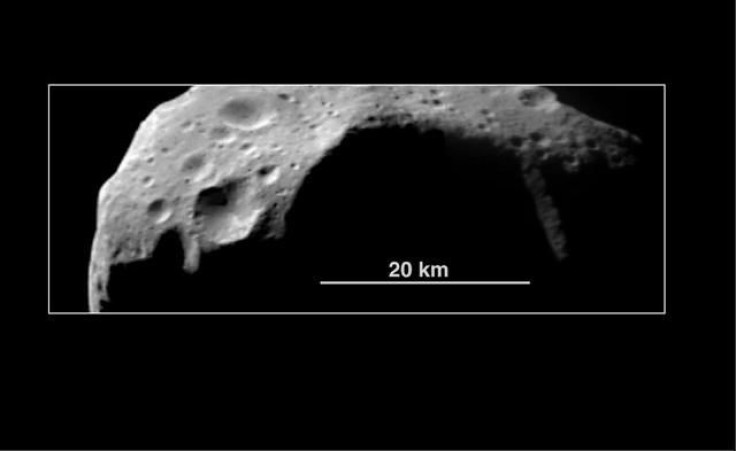
An asteroid with the same height as the Eiffel Tower is heading towards Earth. Researchers call it a Potentially Hazardous Asteroid (PHA). Fortunately, researchers and those concerned can monitor the dangerous space rock using the NASA asteroid tracker.
On Monday, space researchers from NASA issued an asteroid warning. They said a space rock, about the size of three football fields, will pass by Earth. This asteroid is bigger than 90 percent of the average asteroids but still tiny when compared to the biggest recorded asteroid.
Any impact is potentially devastating, but fortunately, it will be passing by Earth with some distance.
NASA Asteroid Tracker: The 4660 Nereus
According to News.com.au, the 329-meter long asteroid, 4660 Nereus, will travel 2.4 million miles away from Earth. This scope is approximately 10 times the distance between Earth and the Moon. 4660 Nereus will travel up to 4000mph in space. It should pass by Earth sometime on December 11.
4660 Nereus was observed to orbit the Sun every 664 days. This means people can see the asteroid again in the coming decades. Researchers predict it should pass by Earth again on March 2031 and November 2050. Its closest approach might be on February 2060, with a travel distance of less than 750,000 miles.
The said asteroid will pass by 12 times in the next 175 years.
How to Use NASA Asteroid Tracker
Space fans can monitor this development using the NASA asteroid tracker website. The NASA Jet Propulsion Laboratory on California Institute of Technology developed this website to keep track of all the near-Earth objects (NEOs) approaching the planet.
Keep in mind that data before 1900 A.D. and after 2200 A.D. is not included on the website. All data listed are also subject to calculation errors, so some information might not be 100 percent accurate. These are simply rough estimations of the NEOs. The data changes in regular intervals, implying that numbers are being shown in real-time.
At the time of writing, the 4660 Nereus is recorded as the second biggest asteroid, the first being 163899. However, 4600 Nereus also ranks as one of the closest asteroids passing by Earth in terms of distance.
NASA Hubble Videos and Images: Sonification Projects
Space fans might also be interested in checking out the new NASA Hubble tweet about image sonification. This means stars and other celestial scenes are assigned to sounds and interpreted by listening.
Recently, Hubble tried sonification with the NGC 2392 nebula. This is a nebula formed after the explosion and death of a star similar to Earth's Sun.
🎵 The mysterious nebula NGC 2392 comes to life through the process of sonification!
— Hubble (@NASAHubble) November 5, 2021
Sonifications help us understand the data in images by representing information as sound. Listen to more Hubble sonifications here: https://t.co/LCAOzG5l2n#NebulaNovember pic.twitter.com/9lrhOLox4T
The sonification was based on the image's radius and brightness. Researchers assigned a sound pitch to the radius, so the farther the light gets, the higher the pitch gets. Also, the brighter the area, the louder its sound becomes.
Full details for this interesting development are available here.
Related Article: NASA Hubble Camera Captures Nebula After Death of Star; Space Telescope Still Suffering from Glitch









